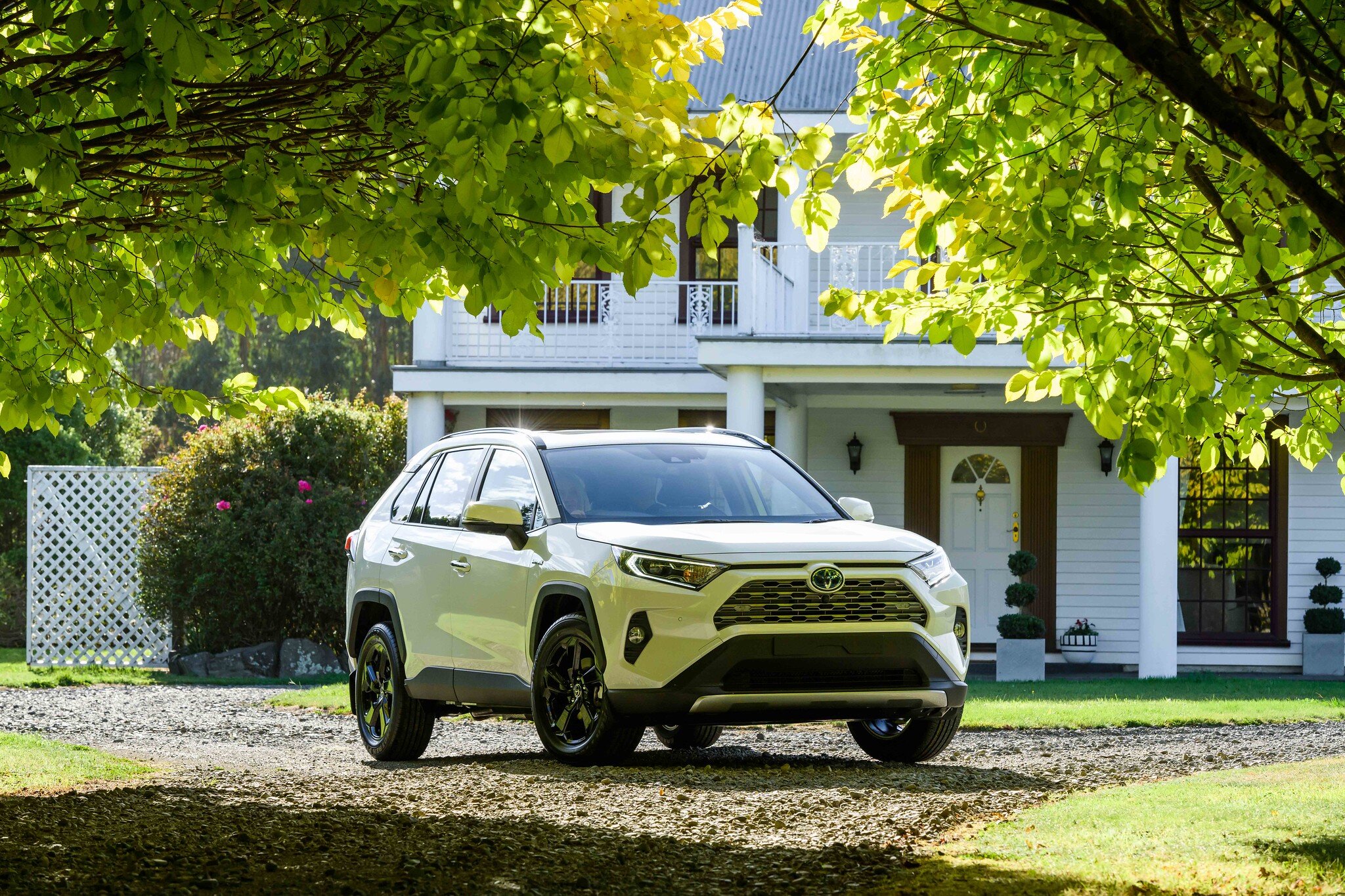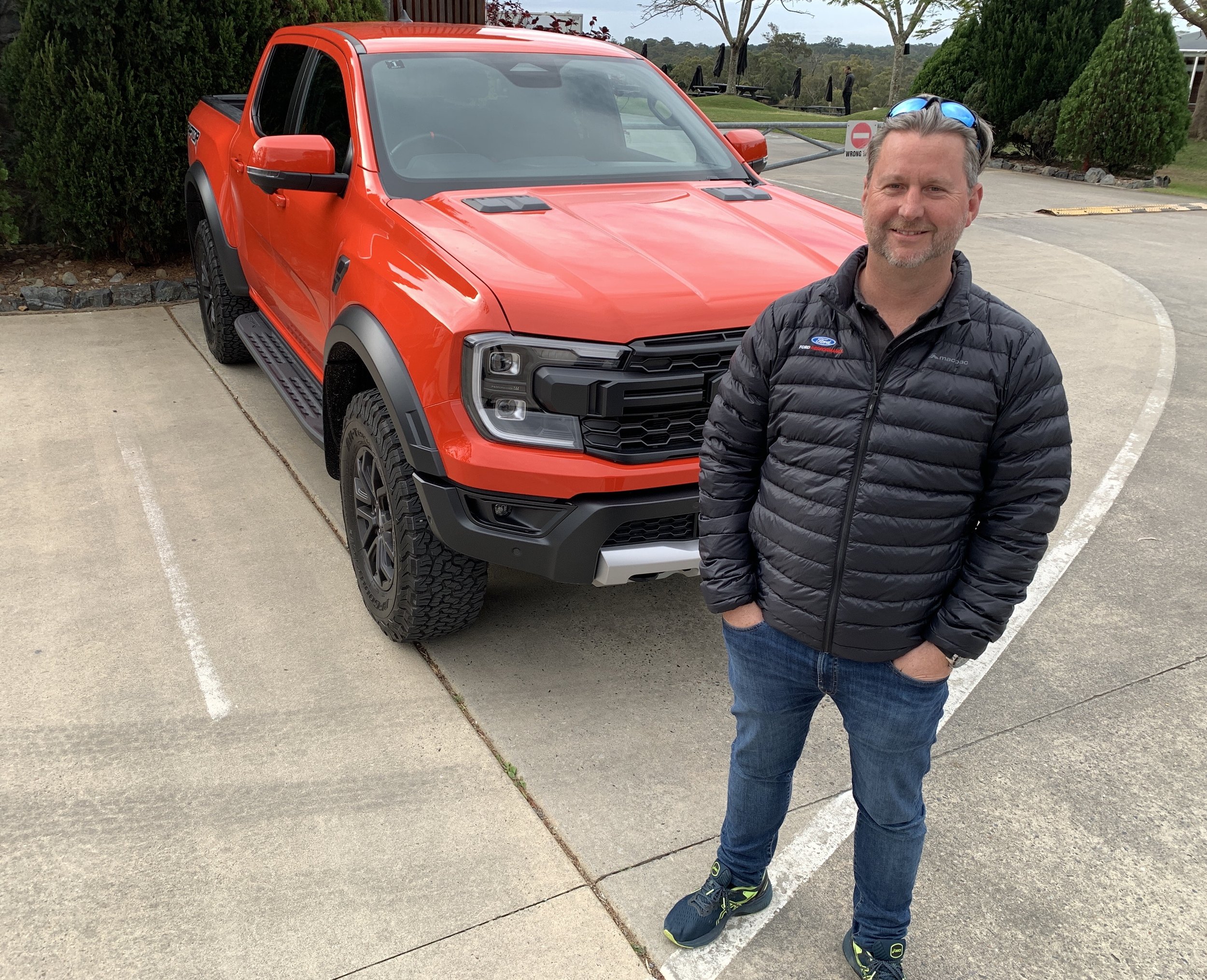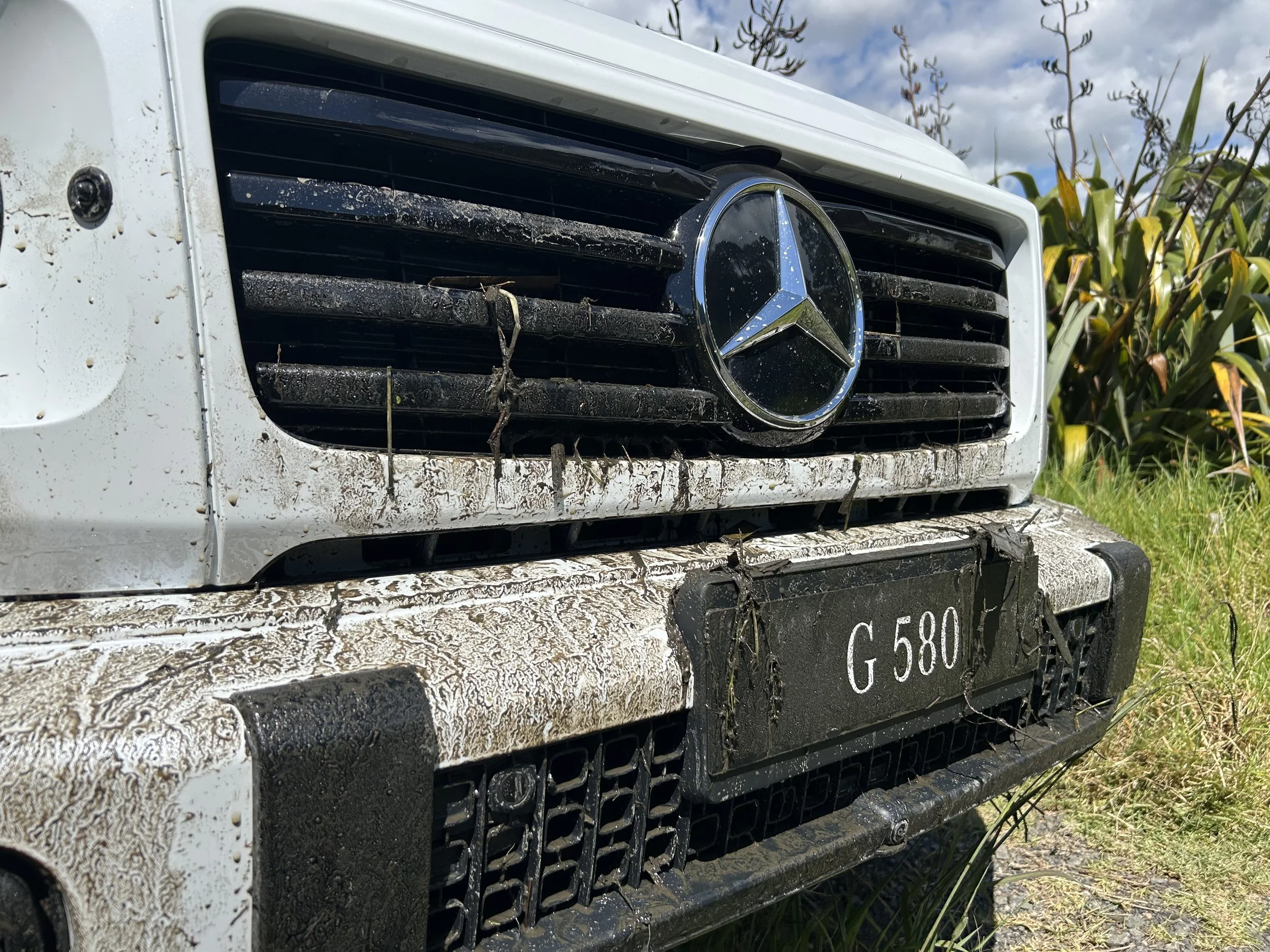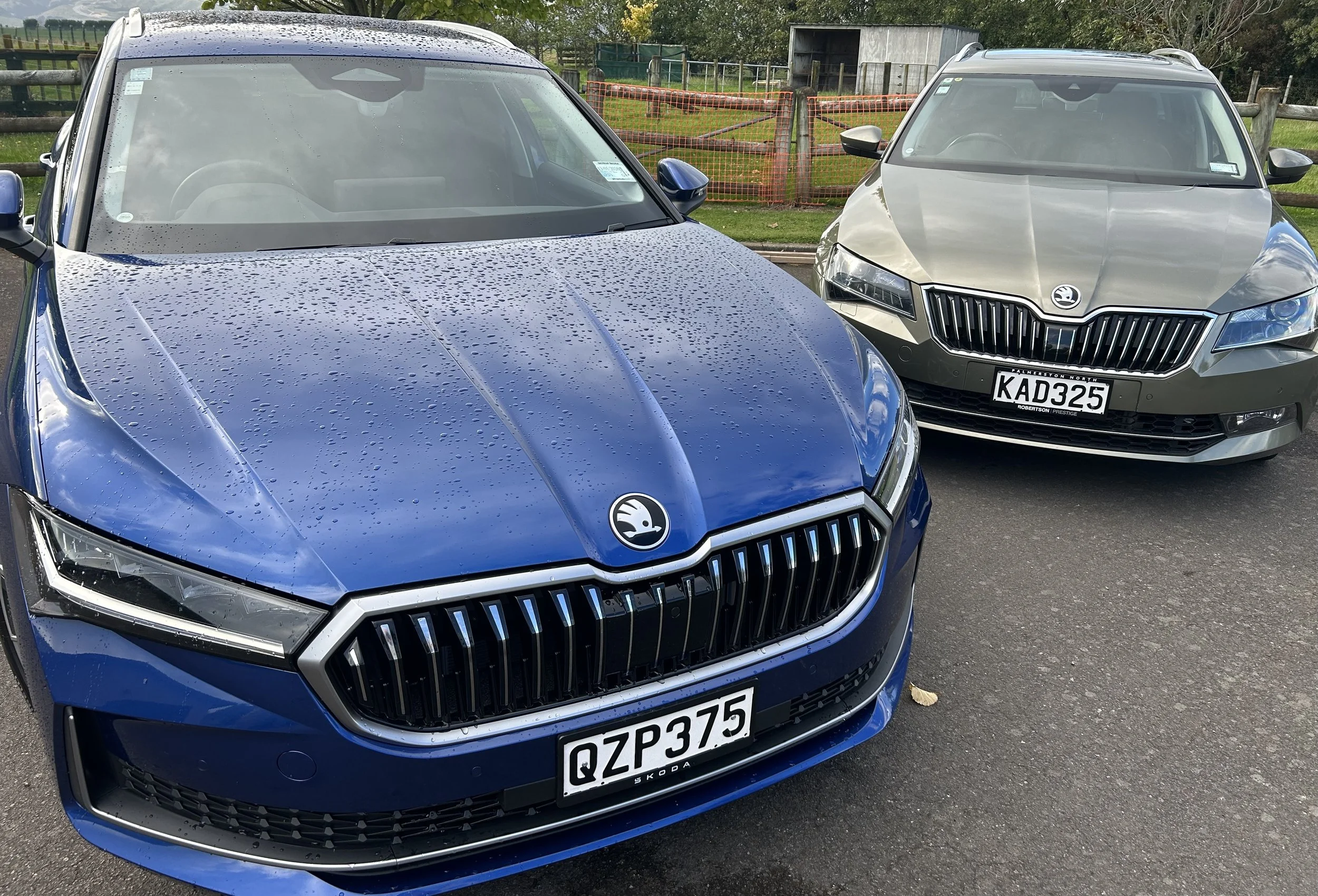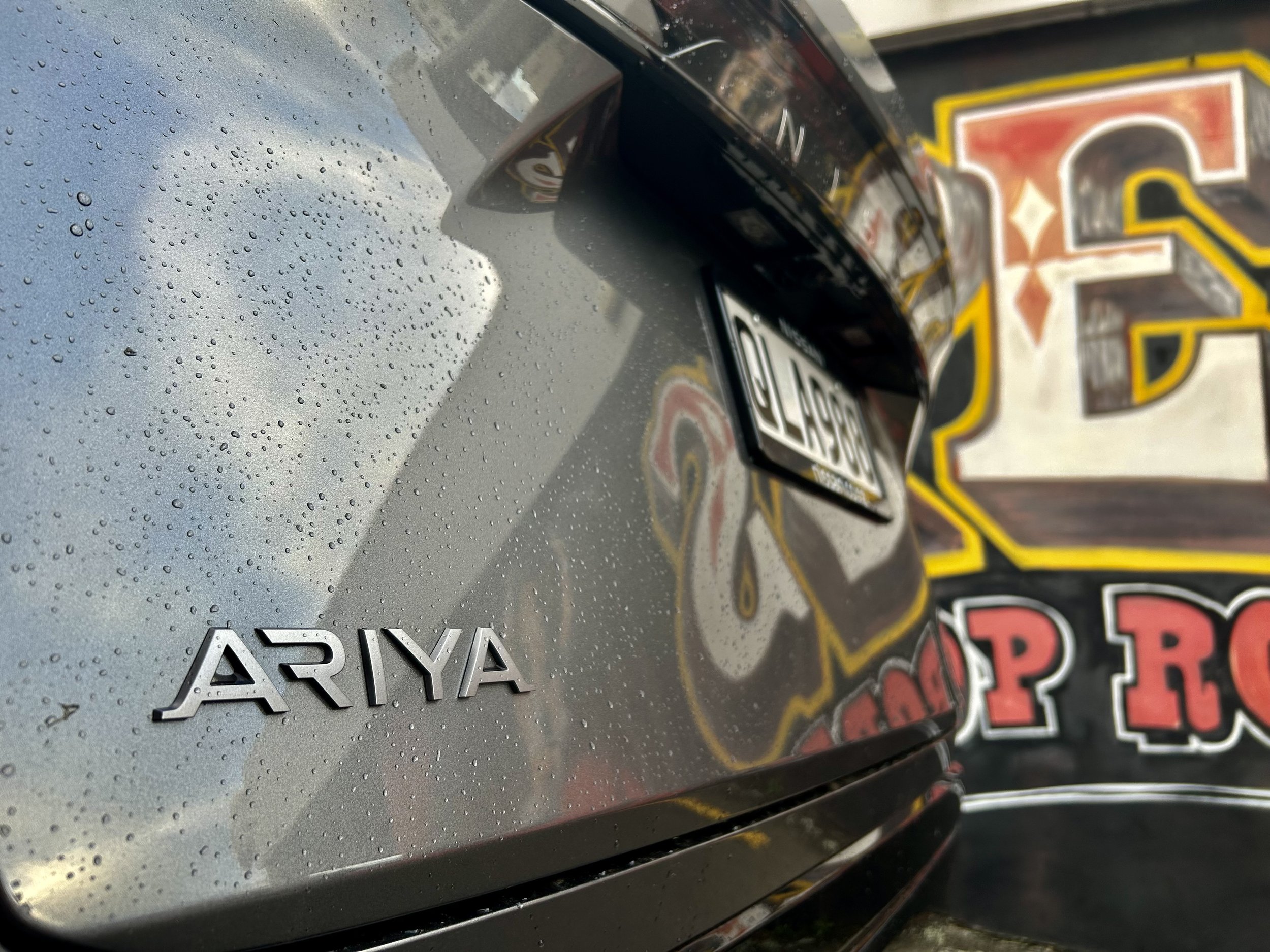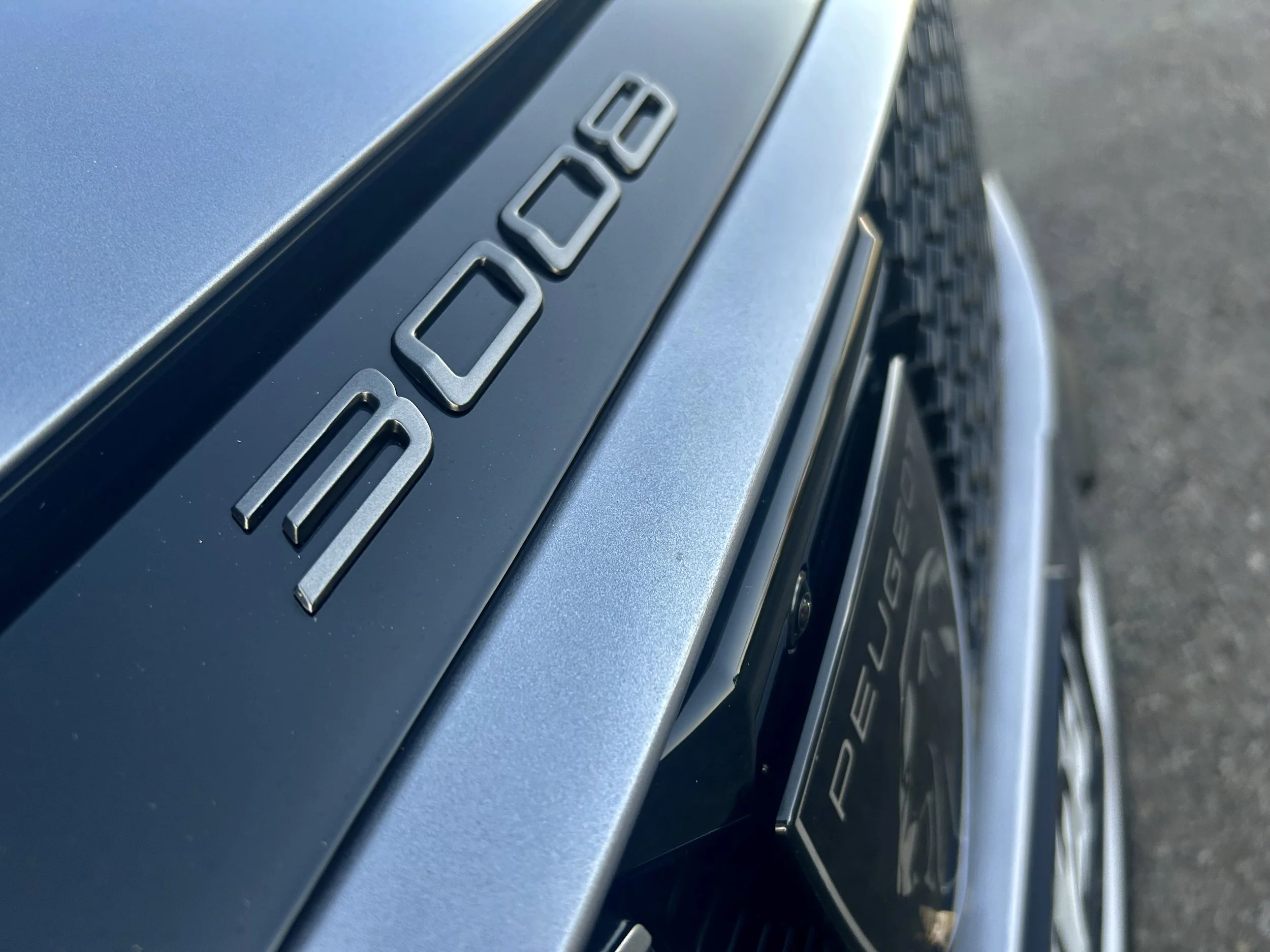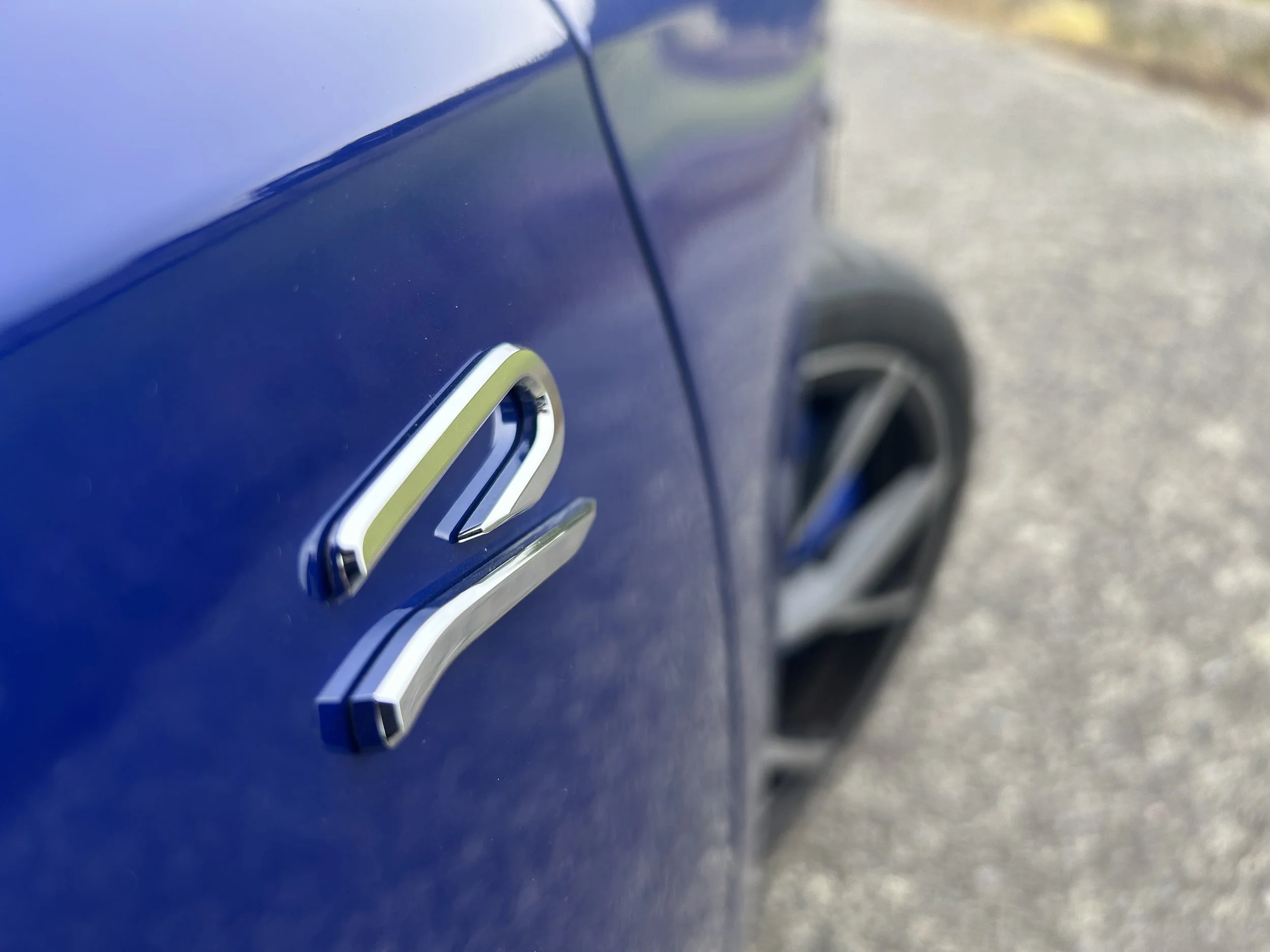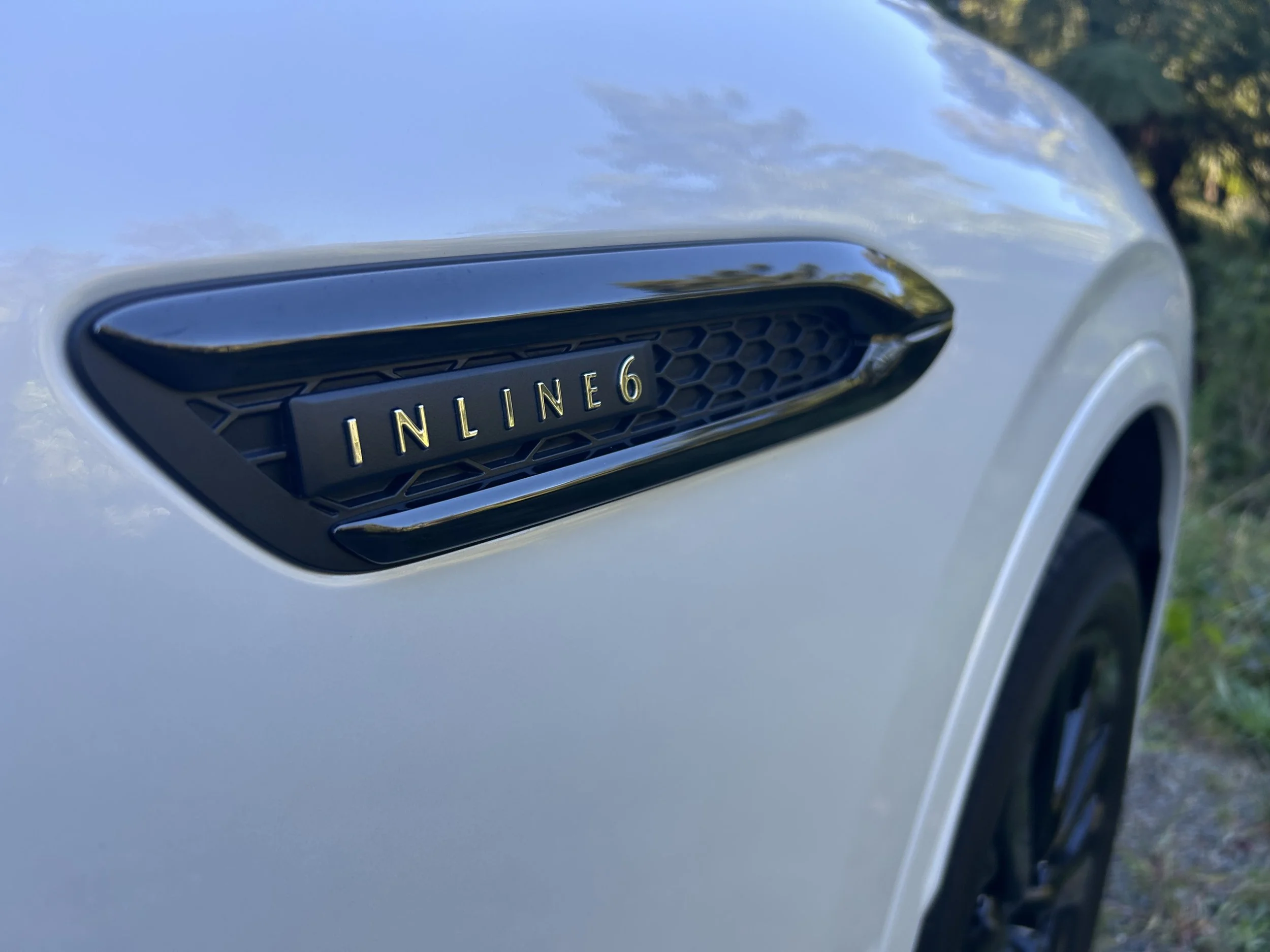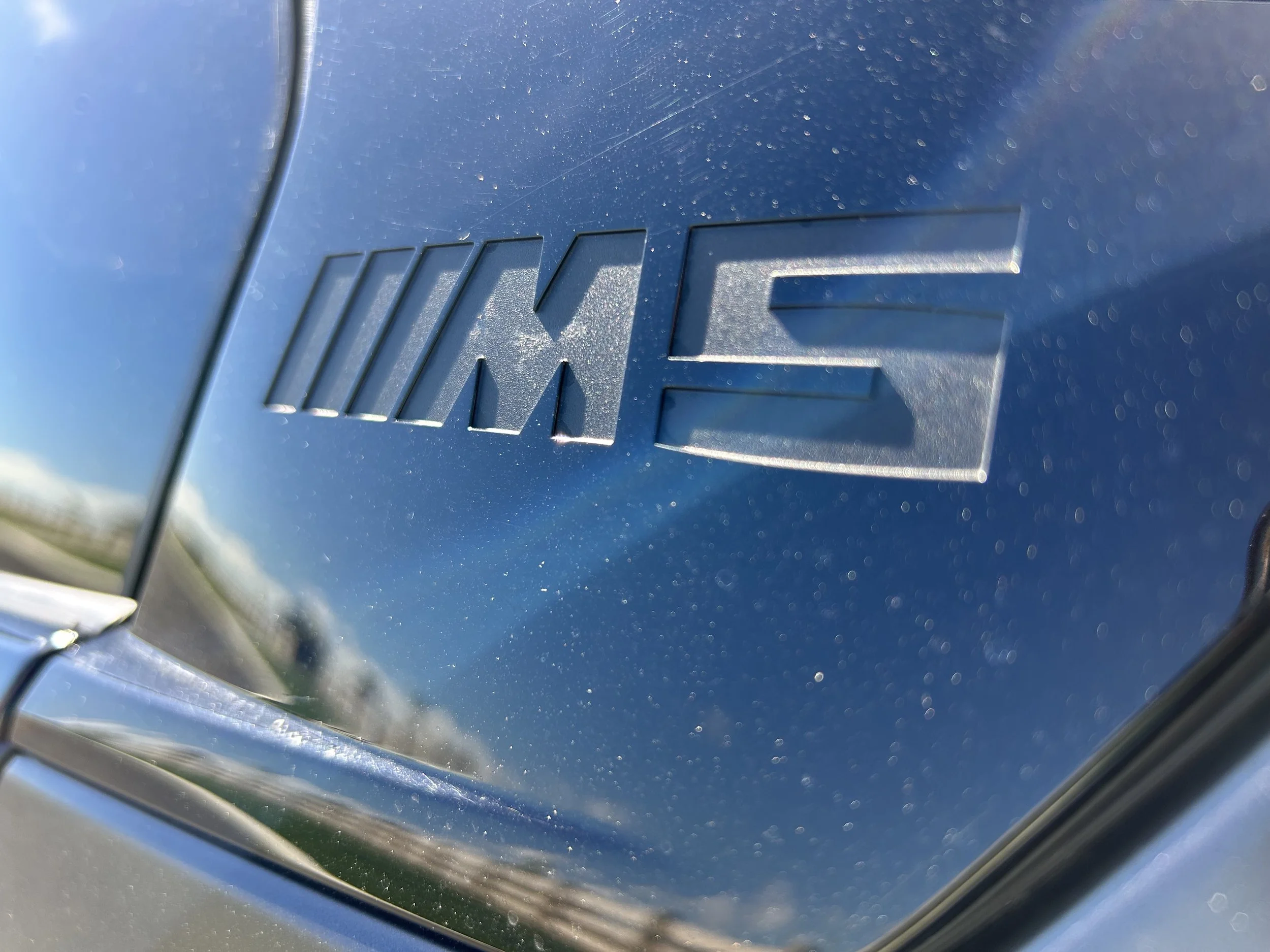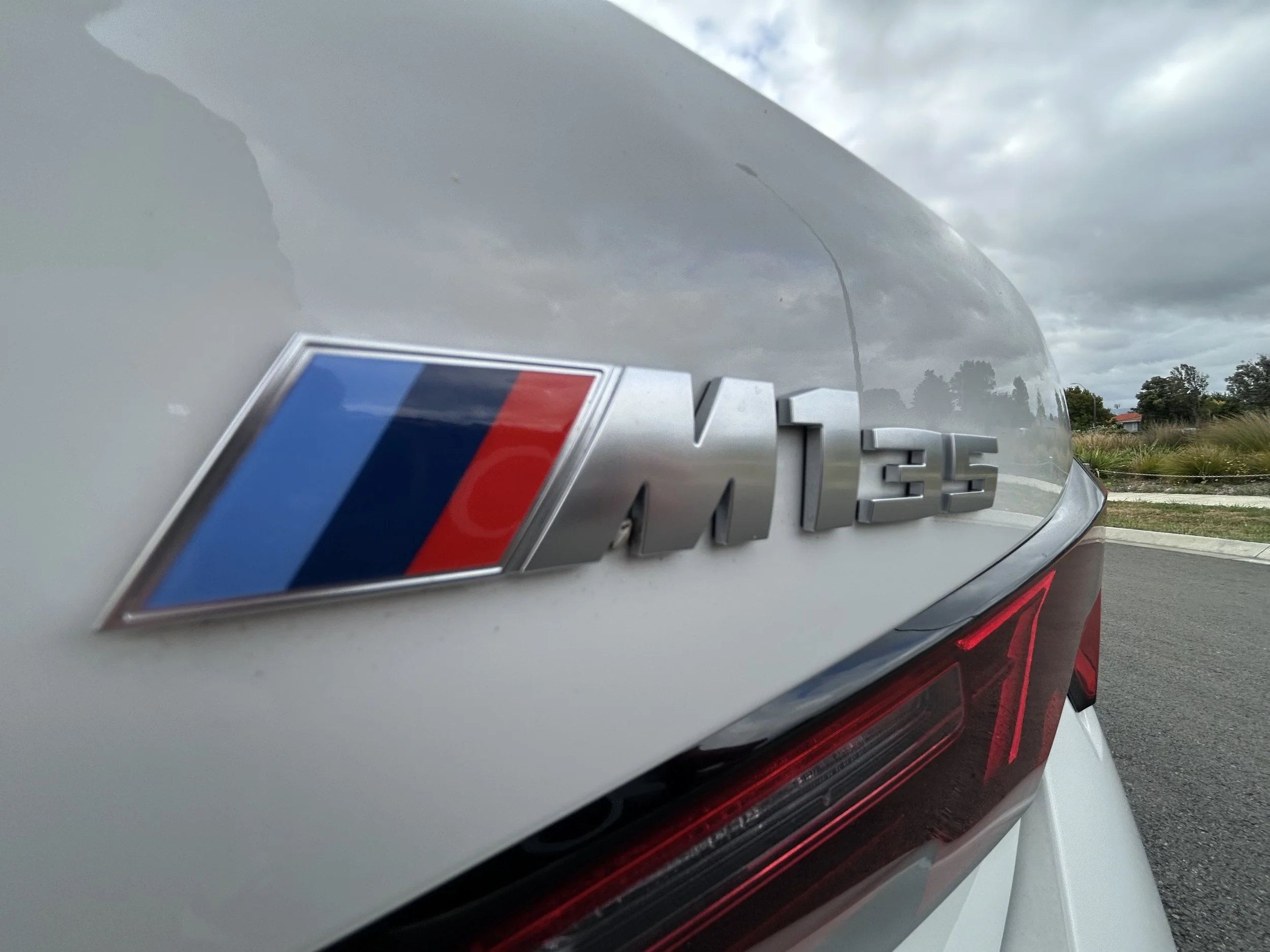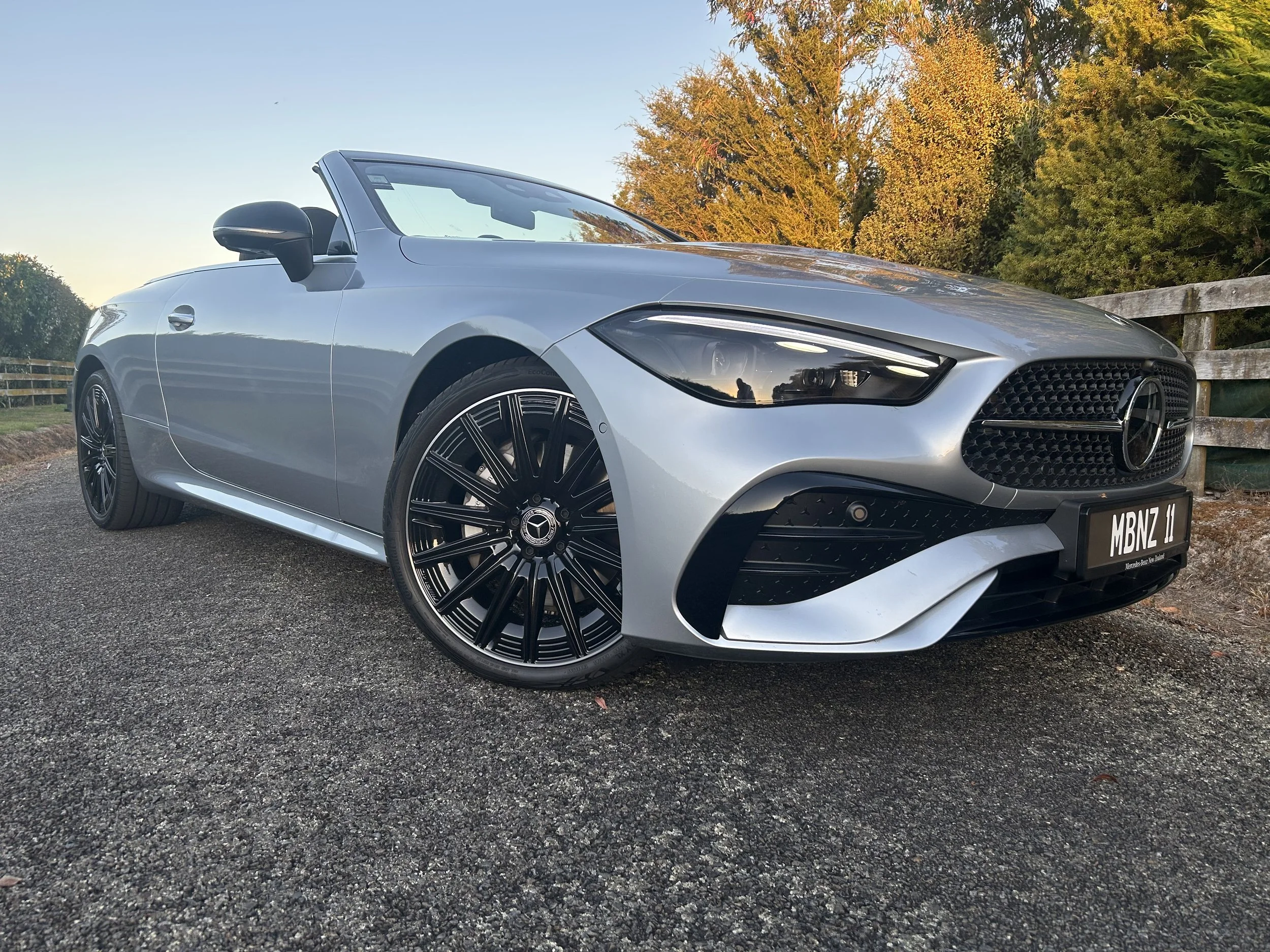Pandemic, sales rush depletes new vehicle stocks
/New car sales have been running hot … but at what ultimate cost? Brands are running short of stock and the industry says buyer demand is racing ahead of ability to supply.
New vehicle stocks held in New Zealand are diminishing fast … and replenishment has slowed.
NEW vehicle distributors are facing a new Covid-19 crisis – not enough vehicles to sell for at least the remainder of this year.
An unexpected rush in sales over the past few months has accelerated the issue of diminishing stock availability, a ripple effect from Covid-driven global assembly line shutdowns that occurred months ago.
It’s a double-whammy that is leaving showrooms running low on stock with no easy respite in sight.
The organisation that speaks for the new vehicle industry has declined to cite any brands or cite any specific models and is cautious when discussing the severity of the situation.
The Motor Industry Association does, however, acknowledge there are now insufficient vehicle numbers to meet present buyer demand.
Says chief executive David Crawford: “I wouldn’t describe the situation as catastrophic … but it is lumpy.”
Talk at retail and distributor level is certainly awkward; popular models are becoming harder to secure and orders taken now might not be fulfilled until next year, while impending new products are being delayed and allocations being reduced.
One big provincial yard for a top make last week suggested the cars it held in its showroom could not be easily replaced. A metropolitan outlet for a popular premium brand also recently said ready availability of two core models has also been in jeopardy. The distributor for that make did not respond to questions about this.
New vehicle distributors normally carry up to 100 days’ stock for vehicles and large parts, but this has reduced by around 50 percent.
At the end of last month, the national inventory of new passenger vehicles was just over 11,000 units – the lowest in at least eight years and half the tally held in April – and it’s been worse for commercials, that stockpile have quartered to under 5000 vehicles.
Most distributors, at best, are carrying no more than about a month’s stock, according to the MIA, which has been collating information from factory-appointed new vehicle importers.
At retail level, this means an increasing count of outlets are keeping up their business by taking customer orders on understanding those buyers may have to wait until early next year before their purchases arrive.
Crawford suggests a combination of market forces and temporary vehicle supply constraints will continue for most of 2020.
While shipments keep arriving, there are now likely to be long wait times for some makes and models and customers who have pre-ordered will have priority over walk-ins.
“Supply of vehicles remains affected by reduced factory production in various geographic places due to Covid-19 restrictions.
“Distributors are also facing challenges predicting how much stock to order and hold.
“It has to be admitted the industry got caught by a strong June and July, once the Covid restrictions eased,” he says.
“The industry didn’t entirely anticipate the level of demand for new vehicles.
David Crawford, Motor Industry Association chief executive: “The industry didn’t entirely anticipate the level of demand for new vehicles.”
“We didn’t factor in that people who were unable to travel overseas on holiday, would decide to purchase a new vehicle instead – just like others would have decided to renovate a kitchen.”
Though already braced for a slowdown in sales when the year began, the new car market was nonetheless in good shape, having had a series of highly-profitable bumper years.
Coronavirus rendered all forecasts worthless. Assembly plants all around the world were forced to shut down – some for several weeks, some for up to two months - because of the pandemic.
Though most are back in business, many have yet to achieve full production. Even when assembly lines are back to full steam, delays from components suppliers are common.
The supply chain also hasn’t recovered. This is particularly the case with product coming out of Europe, which even under normal circumstances have to be ordered up to six months in advance.
However, it seems probable all makes and sourcing points have felt impact to some extent.
Also hurting New Zealand is the modest size of our market – there have already been instances were other countries more important to makers have been given higher priority.
All this means that as much as recent months of emergent retail frenzy was welcomed, it has also been a sting because it was unexpected.
While the MIA warned as early as in March it would be inevitable that the shock wave from Covid’s impact on global car making and the parts industry was inevitable, it didn’t predict that consumers would go into such a buying frenzy these last few months.
Data shared by the MIA for this story reveals how NZ’s relatively healthy vehicle stockpile before Covid has pretty much gone.
At the beginning of this year the national new passenger vehicle inventory stood at 16,049 vehicles.
new vehicle production has largely resumed .. but plants are rarely operating at full-scale pace and makers are sometimes steering product to bigger markets than New Zealand.
This rose to 20,327 vehicles in April, but the countrywide Level Four lockdown, then meant cars that landed but could not be retailed – hence, despite 5625 vehicles being cleared by Customs in April, only 707 vehicles were registered in that month.
Since then, the figures have been sliding as supply of vehicles built and in transit before the factory closures started to dwindle.
May’s inventory was 18,888, this reduced to 15,088 in June, to 12,593 in July and to 11,057 last month.
August’s count was the lowest in at least eight years but stock numbers are expected to reduce even further for at least the next two months.
Meanwhile, the import clearances are continuing at history low levels as they slowly recover to some normality – 2858 in May, 4619 in June, 4327 in July and 5405 in August – but they are not meeting the growing consumer demand. That’s at least 50 percent higher.
The commercial vehicle inventory that sat at around 12,000 vehicles in April and May had reduced to 4817 vehicles by the end of last month.
Since then, consumer demand has increased to the extent there were 3533 registrations in August – way ahead of the 962 vehicles that had cleared Customs. This means that for the remainder of the year there is virtually no fat in the commercial vehicle inventory.
Parts supply is also being severely affected by the pandemic. Prior to Covid-19, parts were transported to New Zealand by both air and sea, but air freight has now become too expensive due to reduced numbers of flights, and this has forced more use of sea freight which has much longer time frames, Crawford says.
The flow-on from the drop in new car availability is also being felt in the used car sector, with a commensurate drying up on late model pre-owned stock from fewer trade-ins occurring.
# Additional reporting by Richard Bosselman





